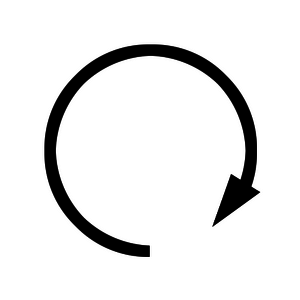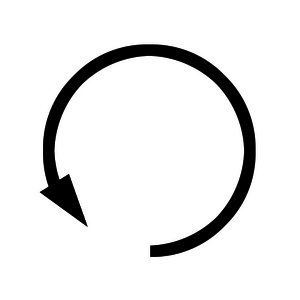Clockwise facts for kids
Clockwise and counterclockwise are two important words that describe how things move in a circle. Imagine the hands on a clock: they always spin in the same direction, starting from the top, moving to the right, then down, and finally to the left before returning to the top. This is what we call a clockwise movement.
The opposite direction is known as counterclockwise or anticlockwise. If something moves counterclockwise, it goes from the top, to the left, then down, to the right, and finally back up to the top. These directions help us understand how many things work, from opening a jar to watching the Earth spin!
Contents
Why Clocks Go Clockwise
Have you ever wondered why clocks move the way they do? It's not just a random choice! The direction of clockwise movement comes from how people used to tell time long, long ago.
The Story of Sundials
Before mechanical clocks were invented, people used sundials to tell time. A sundial has a stick or a flat piece (called a gnomon) that casts a shadow as the Sun moves across the sky.
In the Northern Hemisphere, where many early civilizations lived, the Sun appears to move from east to west. This makes the shadow on a horizontal sundial move in the same direction that clock hands move today. So, the "clockwise" direction was set by the Sun's shadow!
Clockwise and Counterclockwise in Daily Life
These two directions are all around us, even if we don't always notice them. Knowing the difference can help you understand how many everyday objects work.
Opening and Closing Things
- Jar Lids and Bottles: To open most jars or bottles, you usually turn the lid counterclockwise. To close them tightly, you turn them clockwise.
- Screws and Bolts: Most screws and bolts are tightened by turning them clockwise and loosened by turning them counterclockwise. This is often remembered as "righty-tighty, lefty-loosey."
- Faucets: Turning a water faucet clockwise usually turns the water off, and counterclockwise turns it on.
Sports and Games
- Running Tracks: In many sports, like track and field, runners move counterclockwise around the track.
- Spinning Tops: A spinning top can spin in either direction, depending on how you start it.
- Board Games: When playing many board games, players take turns moving clockwise around the table.
Nature and Science
- Earth's Rotation: If you could look down at the North Pole, you would see that the Earth spins counterclockwise on its axis.
- Hurricanes and Typhoons: In the Northern Hemisphere, large storms like hurricanes and typhoons spin counterclockwise. In the Southern Hemisphere, they spin clockwise. This is due to a force called the Coriolis effect.
- Whirlpools: Water draining from a sink or bathtub often forms a small whirlpool. The direction it spins can vary, but it's a good example of circular motion.
Why These Directions Matter
Understanding clockwise and counterclockwise is important for following instructions, especially when building things or using tools. If you turn a screw the wrong way, you might loosen it instead of tightening it! These directions also help scientists and engineers describe movements in space, in machines, and even in tiny atoms.
Images for kids
See also
 In Spanish: Sentido del reloj para niños
In Spanish: Sentido del reloj para niños





